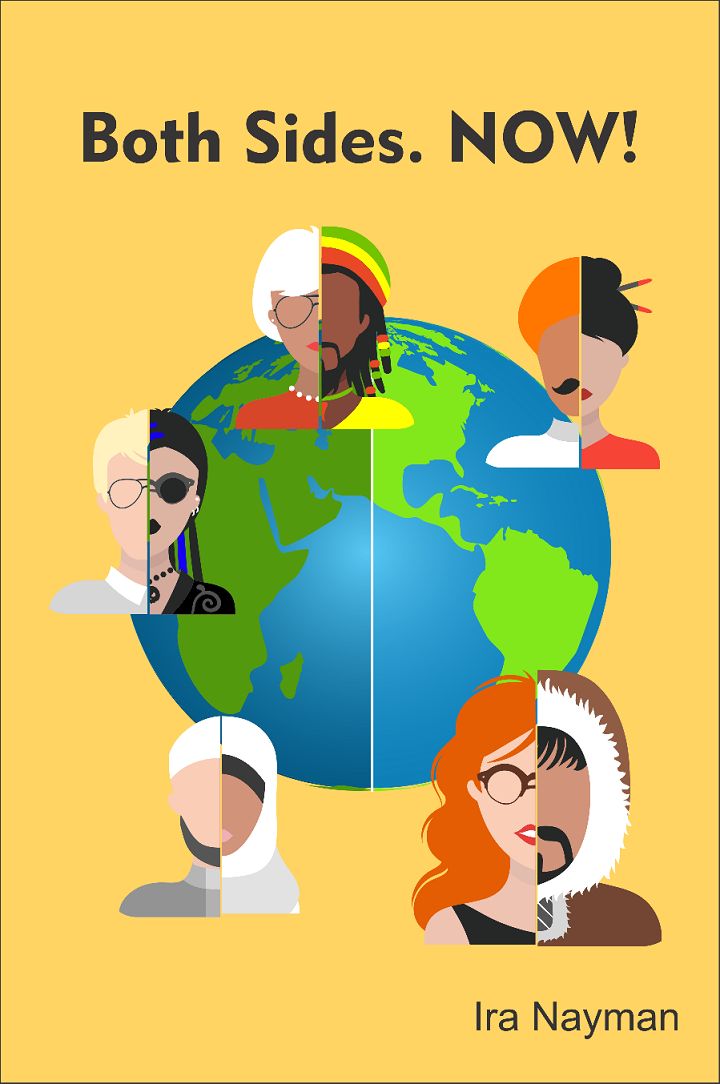Covers are one of the most important selling tools a book can have. The cover is the first thing that a person wandering through a bookstore (whether in person or online) will see; if it doesn’t immediately grab a potential reader, she’ll quickly move on to another book. Just as you would want to put on your best face before a first date, a book cover requires a lot of thought and work.
I have been fortunate to have had a say in the design of all but one of the covers of my books in print. The covers of my books tend to break the generally accepted “rules” of good design, but there’s generally nothing quite like them out there (they are much like my writing, if it comes to that). At a time when the covers of most popular genres hew to a formula specific to that genre, I expect mine stand out. The fact that they usually illustrate the concept of my books, or specific scenes from out of the books, is part of the overall plan.
I share these thoughts today because I now have a super-special * COVER REVEAL * for you:

The cover was designed by my Web Goddess, the ridiculously multitalented Gisela McKay, from my design concept. I think it uniquely captures the essence of the novel Both Sides. NOW! – what do you think?

It’s funny where your imagination takes you.
Both Sides. NOW! started as a short story for an anthology. (It didn’t get in.) Even as I was writing it, though, I knew that there were places where it could be expanded (most notably: news reports of how the change was going down in other parts of the world). From the short story, I kept the basic structure of the four time periods, relative to the change (adding a fifth as a kind of recap/commentary); an echo of the original short story exists in the fact that the character it followed is the only one who appears in all four of the main chapters.
One problem I had with the story was how to deal with people who were transexual before the change happened to the rest of humanity. I thought that they would change back to the sex they were born in, but I wasn’t very happy with that possibility, so I didn’t pursue it. A couple of weeks ago, I was talking to a friend/supporter about the novel, and she said, “It’s like everybody in the world has become a transexual!” I hadn’t thought of it quite like that, but, eventually, that would spark an idea I’m very excited about: that people who had started the process of changing sex would be the only people in the world who would stay the same. As people who already knew what living in changed bodies was like, transexuals would be highly sought after advisers; in some sense, they would be the heroes of the novel. I have a character in mind, and I know where to put him/her (I haven’t decided which way his/her change went yet).
Something else to (re)write when the Inkshares/Nerdist contest is over! Although
Both Sides. NOW! is finished (or, well, I thought it was finished, in any case), having it so prominent in my thoughts over the past few weeks has sparked another bout of creativity. When I was first working on the novel, I considered another chapter that took place 1,000 years after the change. I didn’t pursue the idea very far, since the novel was already full. However, a few days ago, I had an idea for a novel set 1,000 years after the change, an idea that was fresh and different and would allow me to explore the issues brought up in Both Sides. NOW! in a new way. It’s not high on my list of writing priorities, but, who knows: if this “stand-alone” novel escapes into the wild and thrives, it may spawn a sequel, the working title of which is, inevitably: Both Sides. AGAIN!